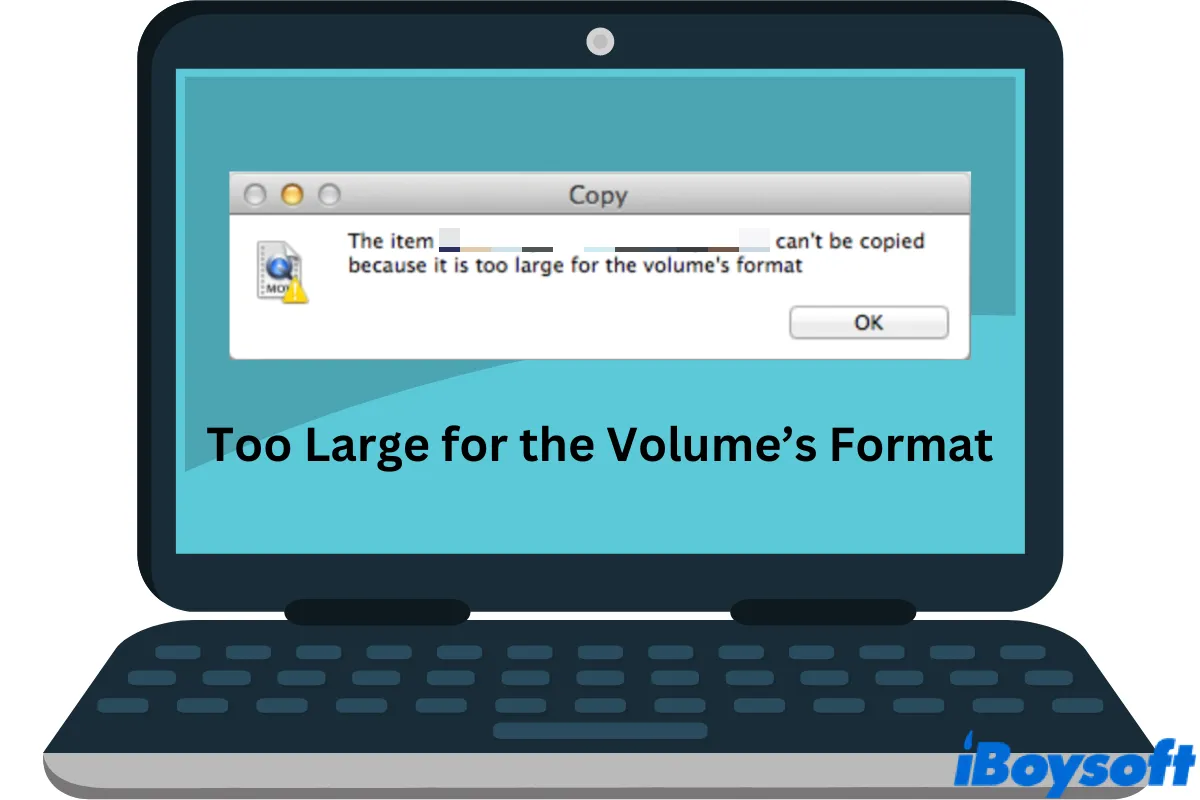The biggest difference between BitLocker and Device encryption is that, BitLocker is able to encrypt a single drive with a set of management tools while Device encryption protects your system and secondary drives without the option to exclude a drive or partition. Besides, there are other differences such as the availability, usage, and hardware requirements.
Encryption
BitLocker encryption: In short, BitLocker encryption is a full-drive encryption technology combined with management controls for your encrypted devices. You may encrypt one drive or all drives using BitLocker, including the internal and external drives. Meanwhile, you get a set of management tools to configure the security features and protect your data.
Device encryption: Unlike BitLocker, Device encryption can't protect an individual drive but your whole system as well as secondary drives. You are unable to exclude a disk or partition when Device encryption is enabled.
Availability
BitLocker encryption: BitLocker applies to Windows 10, Windows Server 2016 and above, and Windows 11. However, BitLocker is not included in Windows 11/10 Home edition. To use BitLocker to secure your data on these versions, you must update your PC to the Pro, Enterprise, or Education edition.
Device encryption: You can find Device encryption on every Windows OS, however, there are some hardware requirements for your PC.
Usage
BitLocker encryption: It's suggested to configure the BitLocker encryption via the Group Policy and back up your BitLocker recovery key as where you are advised to.
Device encryption: To use it on your PC, an active TPM is required as well as a Microsoft account.
Hardware requirements
BitLocker encryption:
- The BIOS or UEFI firmware on your computer must be Trusted Computing Group (TCG) compliant and have Trusted Platform Module (TPM) 1.2 or later.
- The disk you want to encrypt must be partitioned into at least two drives, including the operating system drive and the system drive.
Device encryption:
- Your PC has a TPM (Trusted Platform Module), be it a TPM 1.2 or a TPM 2.0.
- UEFI Secure Boot and Platform Secure Boot are enabled on your PC.
- Direct memory access (DMA) protection is turned on.


